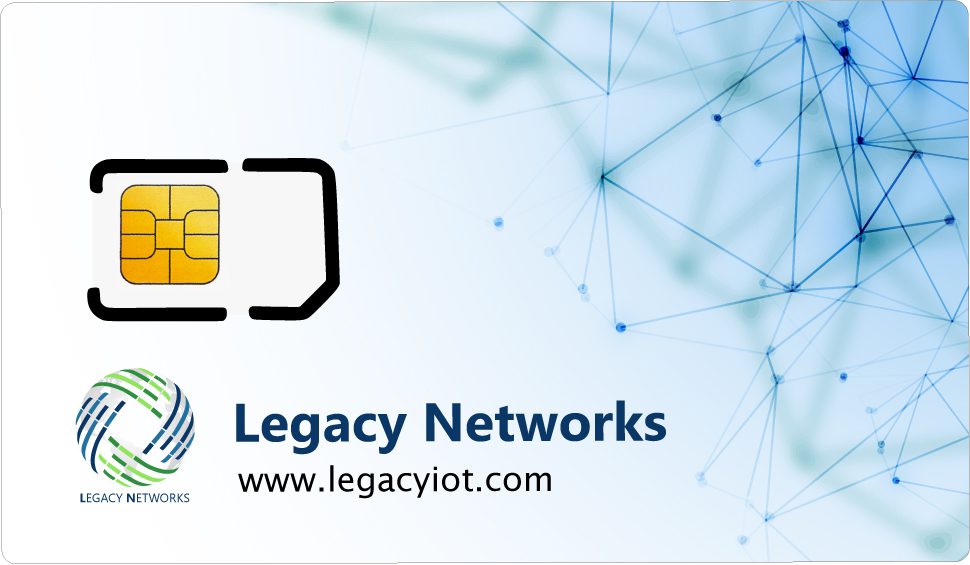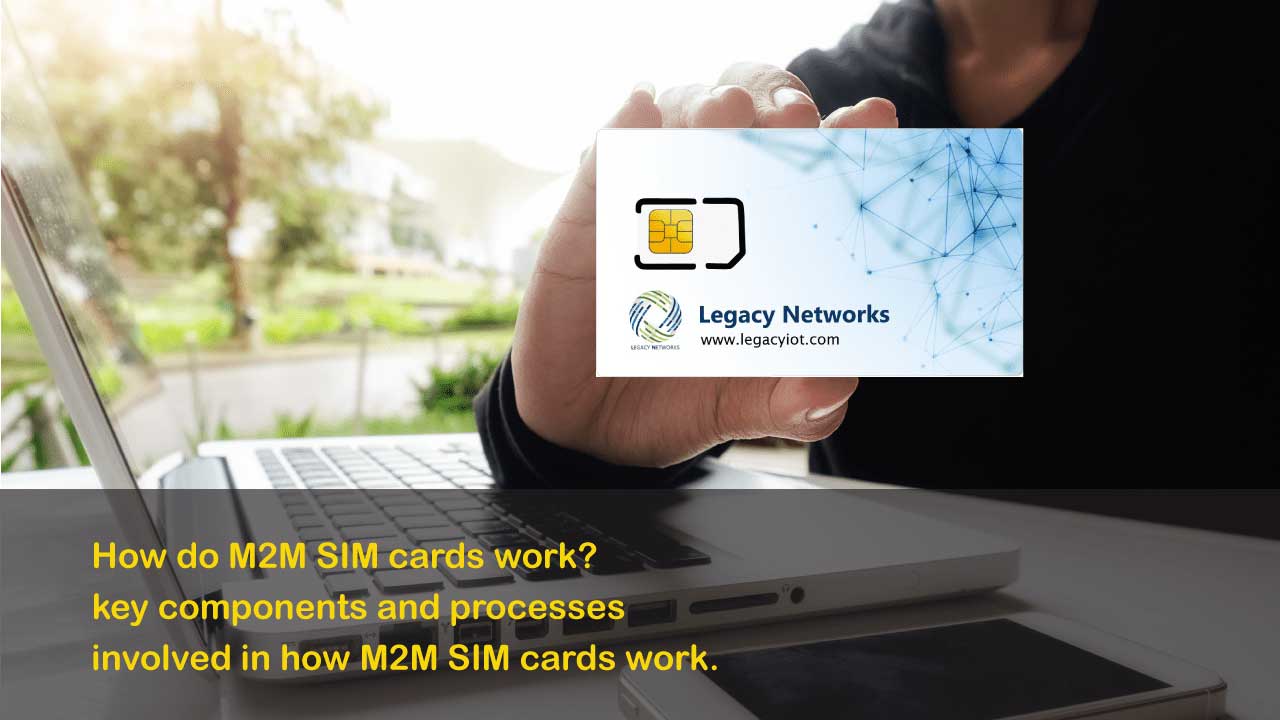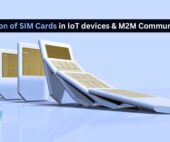How do M2M SIM cards work? – key components and processes involved in how M2M SIM cards work.
The Internet of Things (IoT) ecosystem is thriving thanks to the revolution in machine-to-machine (M2M) communication, which has changed how devices interact and share data. In this ecosystem, they are essential because they offer the connectivity required for efficient and secure IoT device communication. We will go into great detail about M2M SIM cards in this blog post, including what they are, how they operate, their features, and their uses.
What are M2M SIM cards?
M2M SIM cards, also referred to as Internet of Things SIM cards, are specialised for use in devices that communicate with one another over a network without the need for human intervention. These gadgets may be of various equipment types, such as sensors, trackers, monitors, and other Internet of Things gadgets.

These SIM cards are pre-configured with particular settings and credentials to enable seamless communication, and they are typically embedded in your devices or when devices are manufactured.
How do M2M SIM cards work?
They function by giving IoT devices a way to connect to the internet so they can communicate with each other and with backend systems, like cloud servers or data centres. Let’s examine the essential elements and procedures that make up the operation of M2M SIM cards:
1. Embedded SIM card:
During the manufacturing process, M2M SIM card are typically integrated directly into IoT devices. These SIM cards can be found in a variety of configurations, including conventional SIM cards, solderable SIM chips, and integrated SIM modules. The IoT device can connect to a mobile network provider once they have been embedded, becoming an essential component of the device.
2. Network connectivity:
A mobile network operator (MNO) or an Internet of Things (IoT) connectivity provider will provision M2M SIM cards with network connectivity. The IoT devices can connect to the Internet or a private network thanks to this connectivity. The APN (Access Point Name) and other configurations are programmed onto the Machine to Machine SIM card either during the manufacturing process or remotely by an IoT connectivity provider or MNO.
3. Secure authentication:
Secure credentials, such as individual identification numbers, such as the International Mobile Subscriber Identity (IMSI) and the Integrated Circuit Card Identifier (ICCID), as well as authentication keys and digital certificates, are typically used to authenticate M2M SIM cards. A high level of security is provided for M2M communications by these credentials, which make sure that only authorised devices can connect to the network and exchange data.
4. Data transmission:
IoT devices with Machine to Machine SIM cards can send and receive data over the Internet or a private network once they are connected to the network. For processing, analysis, and storage, the data can be sent to backend systems like cloud servers or data centres. Depending on the capabilities of the M2M SIM card and the needs of the IoT device, the data transmission may take place through cellular networks (such as 2G, 3G, 4G, or 5G), satellite networks, or other types of wireless communication technologies.
5. Data plans and billing:
They are linked to particular data plans and billing setups made for IoT devices. These plans may offer features like data usage caps, data pooling, and unique pricing schemes based on the amount of data transmitted, the number of devices, and other elements. The mobile network operator is typically in charge of managing data plans and billing arrangements, and these can be tailored to fit the needs of various IoT use cases and industries.
6. Remote management:
The IoT connectivity provider has the ability to remotely manage and monitor M2M SIM cards. This enables the SIM cards and related IoT devices to be configured, monitored, and troubleshot remotely. For instance, MNOs or IoT connectivity providers may remotely update the network settings, provision new
7. Scalability:
They are made to support extensive IoT device deployments, making it simple to scale and manage a large number of devices across various locations.
Conclusion
Legacy IoT M2M SIM cards offer the connectivity required for IoT devices to connect with one another and backend systems, allowing data exchange and enabling a wide range of IoT applications across various industries.





